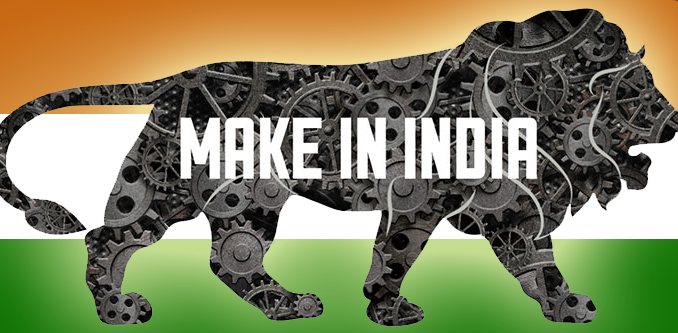
By Ratnesh Jha
Another challenge is that of empowering teachers. In the past few years, there has been development on this front.
World Economic Forum’s Global Manufacturing Index 2017-18 ranked India at the 30th position—the country’s manufacturing sector has grown by over 7% per annum in the past three decades. But the same report listed human capital and sustainable resources as the two key challenges, because the country needs to raise the capabilities of its relatively young and fast-growing labour force. This makes one wonder if the youth of our nation are geared for the opportunities that await them. Is our education ecosystem making them world-ready? Or should we prioritise becoming a knowledge power—a centre of innovation and creative ideas—over everything else?
We have a multitude of challenges to overcome. For instance, Indian universities haven’t fared well in the Times Higher Education World University Rankings 2018—none found a place in the top 200, and only 30 were listed in the global 1,000. We seem to be slipping. Is this because we need to overhaul our pedagogy and re-evaluate our teaching methodologies keeping the ever-evolving key audience and the need of the economy in focus? The key audience and direct beneficiaries of educational institutions are the youth. Over time, their preferences and attitude with regards to careers and jobs have undergone a paradigm shift—with many leaning towards entrepreneurship. Even corporates are on the lookout for employees with an entrepreneurial mindset. Now, the question is, are we fostering the cognitive abilities of young learners and equipping them to become creative thinkers, innovators and problem-solvers, or are we only expecting them to secure marks, thus running the risk of making them book-ready but not world-ready?
Maybe it’s time to build a cohesive educational and developmental ecosystem which Makes India, preceding the much-needed Make in India. Transform India into a global educational hub in tandem with creating jobs—the stepping stone to be a superpower. According to EY’s Future of Jobs in India report of December 2017, India’s two challenges are: the 17 million new entrants into the workforce year-on-year against the 5.5 million jobs created; and the speed and scale at which disruptions are occurring and will continue to do so at the same or faster pace, impacting the way we work and live. Today, the statement “change is the only constant” holds true as never before. With change accelerating, is our education ecosystem adapting correspondingly to enable our children to embrace knowledge and skills?
Current research literature indicates we are moving from an individualistic knowledge-acquisition culture towards a collaborative knowledge-creation culture of learning. This has to reflect in our study material—an amalgamation of global content curated basis an understanding of local needs to bring in inclusive expertise and developments. For this, we need to revamp our curriculum to incorporate practical experiences that help enhance computational thinking via a revamped pedagogy, industry-driven projects and innovative educational content. Many content creators are helping to bridge this gap through innovative, engaging content, thus discouraging rote. With a wide pool of national and international experts, authors and researchers bringing in their expertise on the table, the content does not just brush over topics but dives in deeper, unlocking the reader’s minds with reason.
Another challenge is that of empowering teachers. In the past few years, there has been development on this front. In this networked world, not only has awareness increased but with parents and children demanding new solutions, some are incorporating feedback to take necessary action. Some private publishers have developed teacher support material, both print and electronic, by directly engaging with several thousand teachers every year via training workshops. This helps gain insights into the needs of the new-age learner, allowing scope for improvement to upgrade teaching resources/products.
In summary, the appropriate combination of teaching, teacher resources, curated educational content and educational technology can help the youth develop skills that can leverage India’s demographic dividend, thus accelerating youth to become part of an employable workforce. This is possible if we allow space for quality education providers to flourish and encourage them to make interventions that are futuristic and world-leading.
The author is president, Association of Publishers in India (API)
Source: Financial Express

Leave a Reply